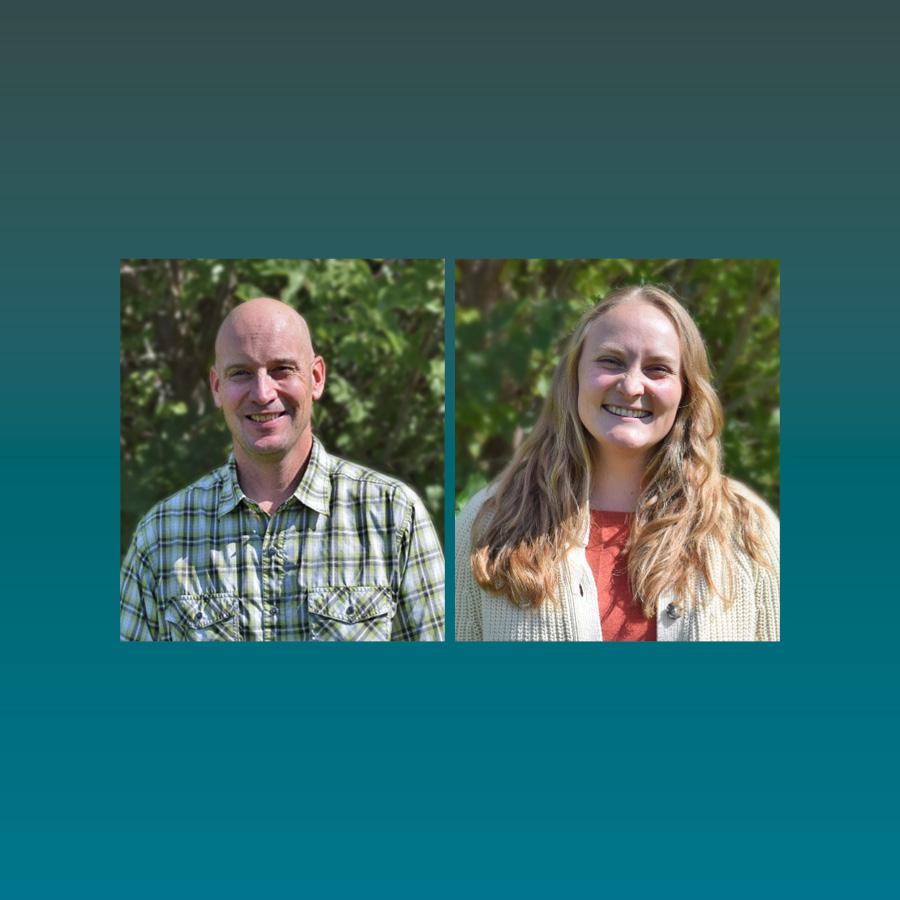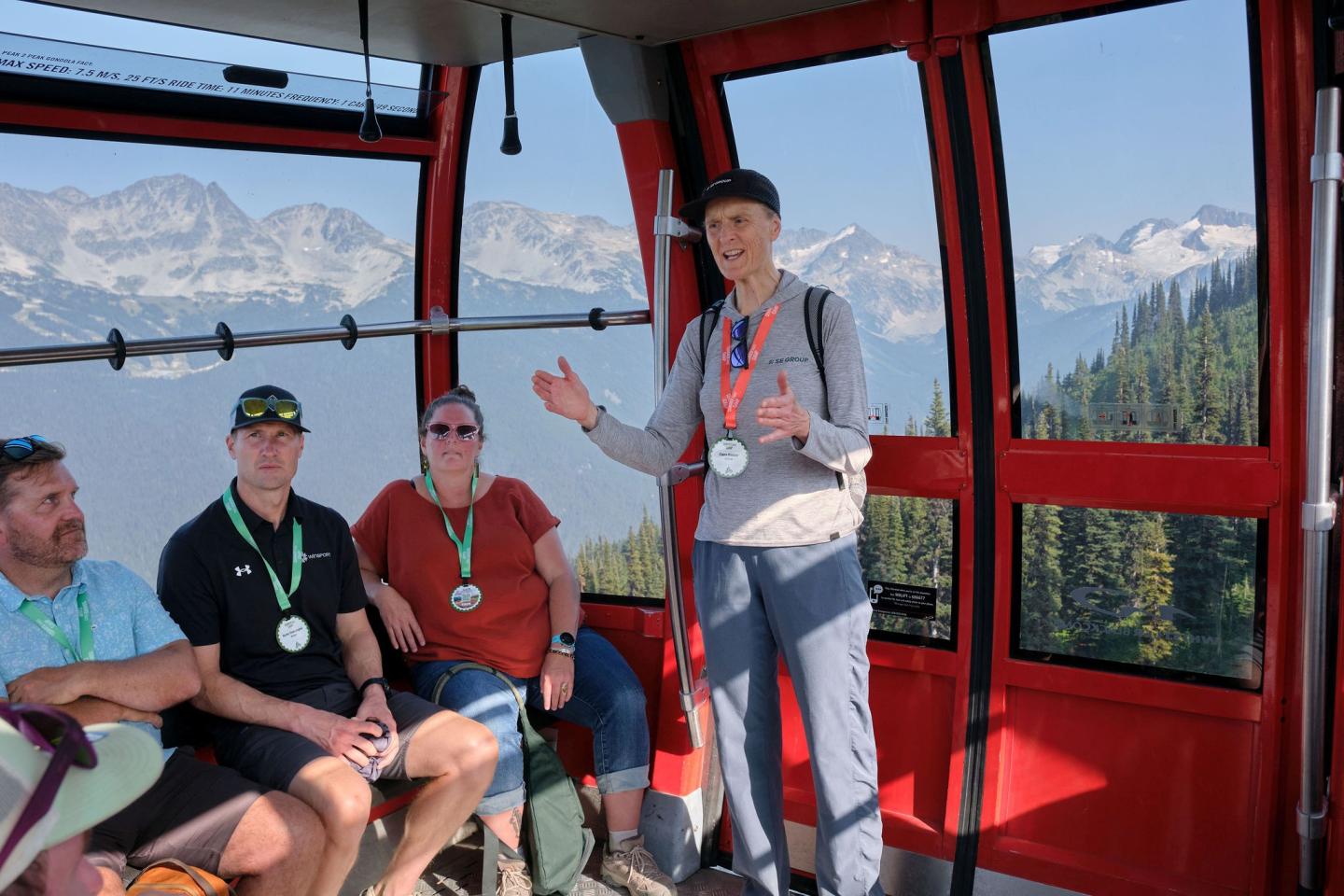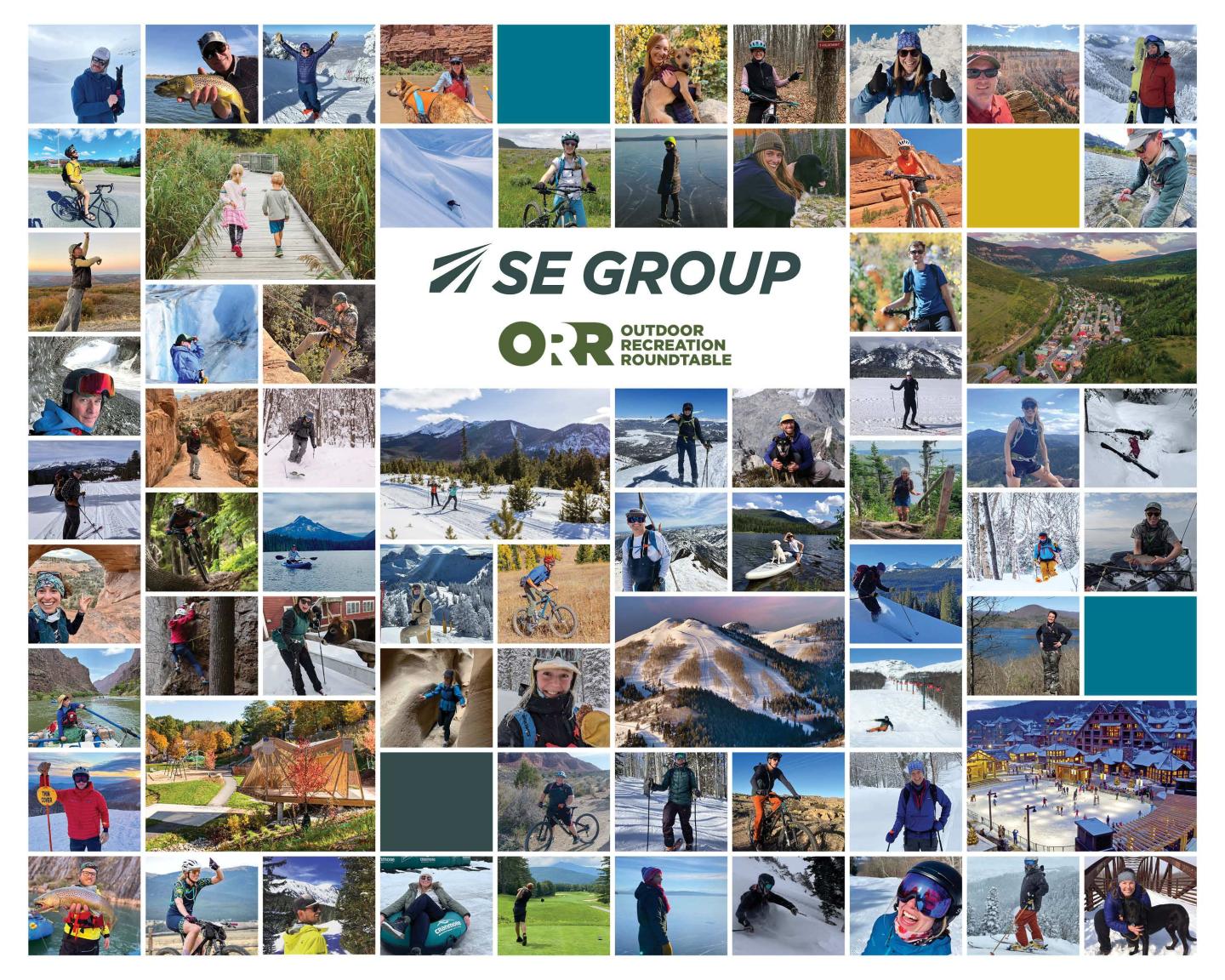Community Planning Month
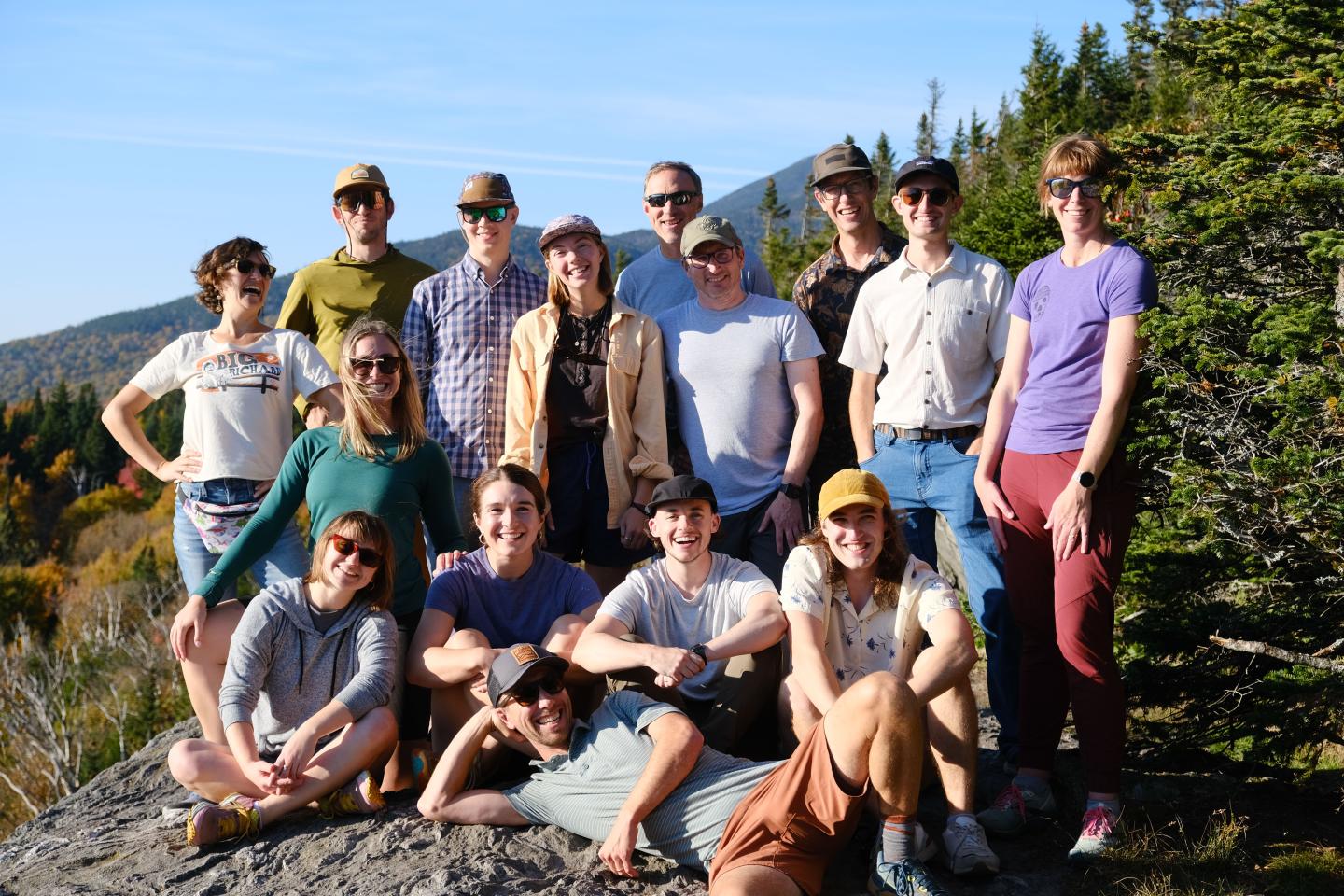
October is Community Planning Month, a perfect time to celebrate the transformative power of effective community planning! Thoughtful planning not only shapes our physical spaces but also enhances social cohesion and economic vitality. By engaging residents in the planning process, we create inclusive environments that reflect the needs and aspirations of all community members. Good community planning fosters accessible public spaces, promotes sustainable practices, and encourages local entrepreneurship. Ultimately, it cultivates vibrant neighborhoods where everyone can thrive. We're pleased to honor the visionaries at SE Group who work tirelessly to create a brighter future for communities across the country!
We asked our Community Planning team to share some insights into the world of community planning. Here’s what they had to say:
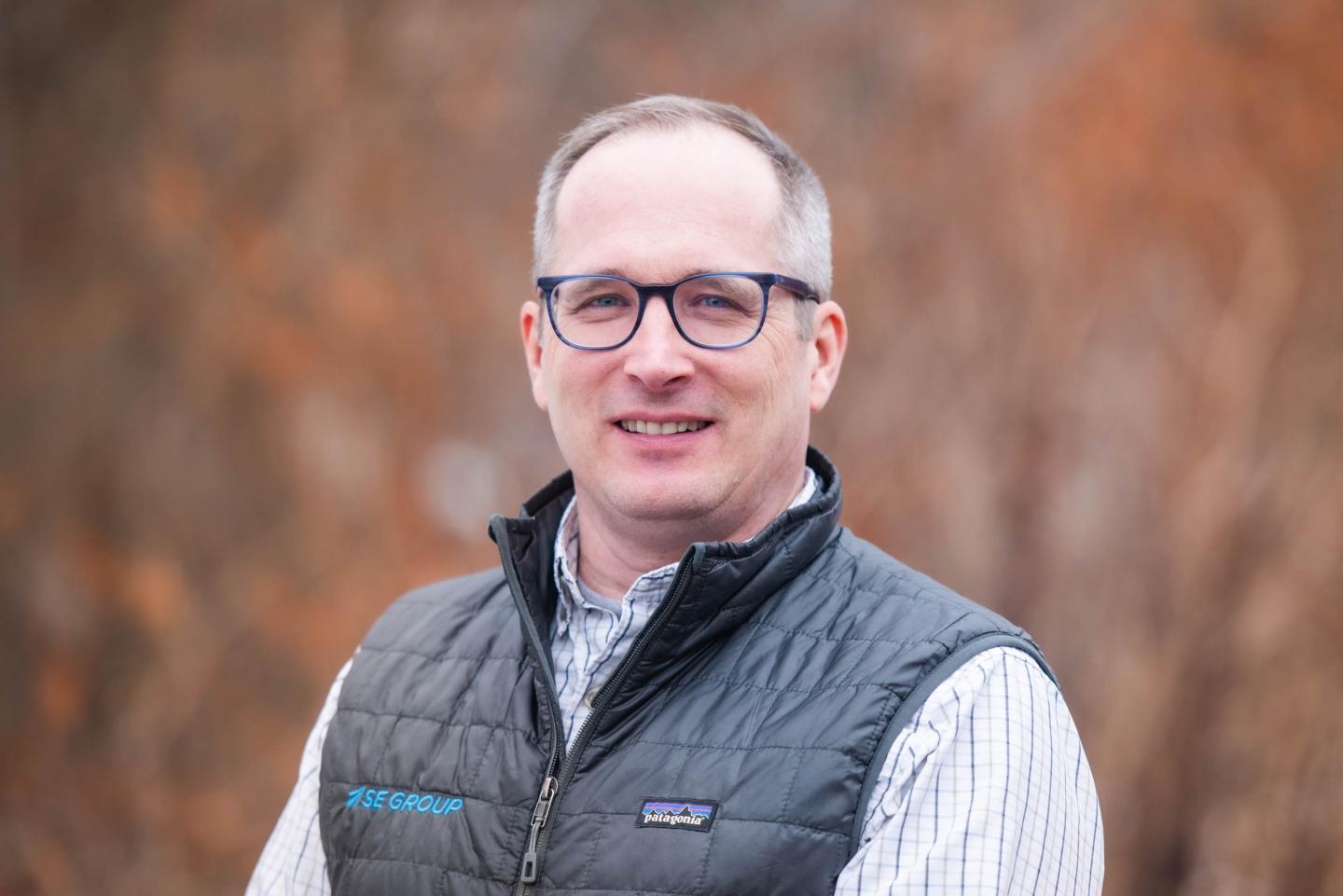
Mark Kane
Managing Director, Communities & Public Lands
What inspired you to be a community planner?
I came into community planning through the lens of environmental science in the late 1980s and early 1990s. During school, I learned about the global challenges of overpopulation, illiteracy, the degradation of our environment, and the then-more shadowy specter of climate change. Thinking global and acting local was the clarion call. What I came to realize was that I didn't want to measure these impacts or spend time characterizing them; I wanted to do something that helped. First, through the environmental process and then via a larger raft of community-scaled planning issues, I experienced the people at the center of these challenges. For me, that is the essence of community planning. It is about helping people think about the places they love in ways that respect that love but acknowledge that things do change.
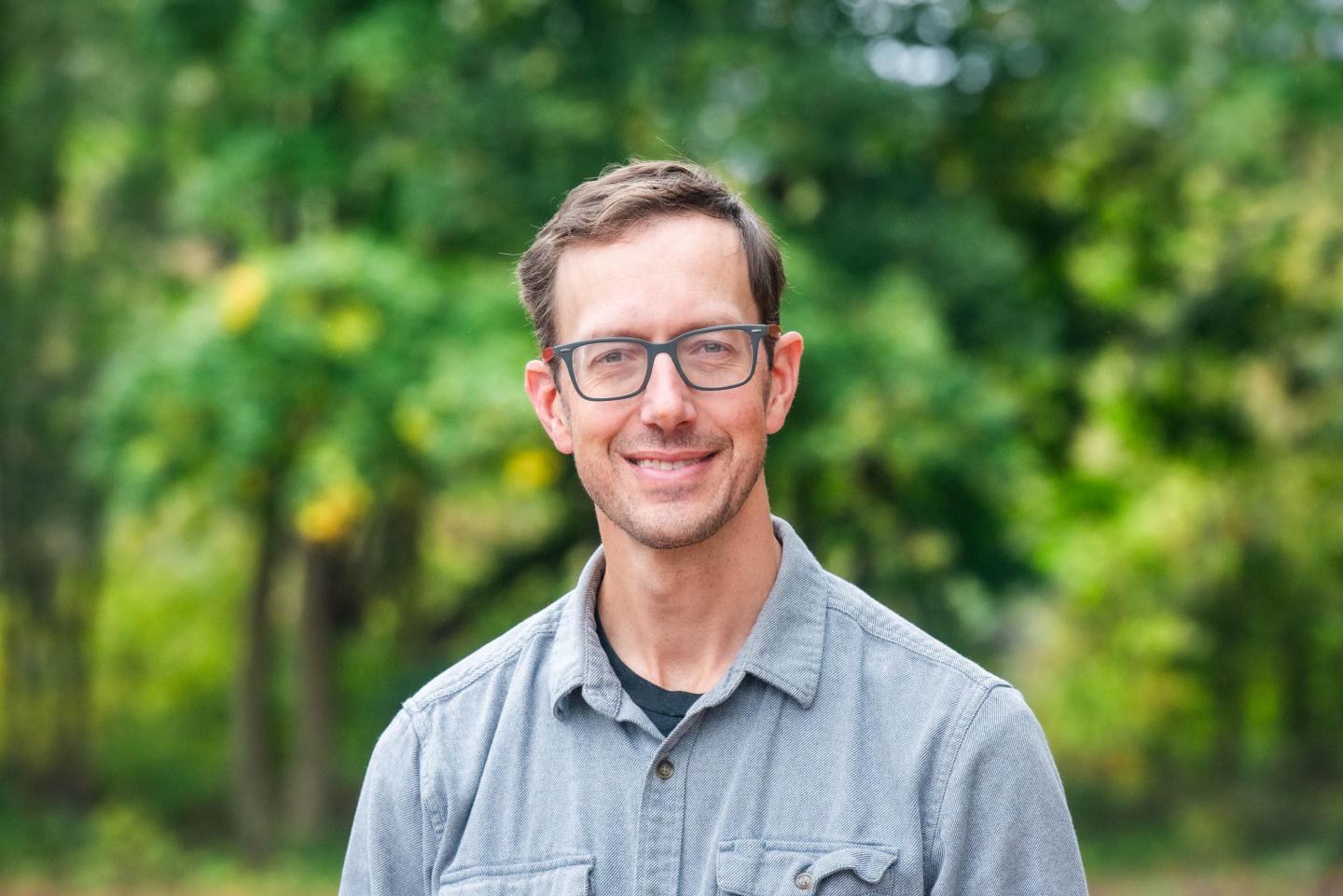
Dayton Crites
Senior Associate, Recreation Planning
What is the importance of good community plan?
It is a process, and can be a long, costly, and arduous one, but in the end, there is no better way to determine and develop a community. Nothing else results in an outcome that represents collective interests and desires better, and nothing else results in better outcomes or more worthwhile investments in a community's infrastructure, culture, and quality of place.
What is your favorite part of being a community planner?
I love capturing, and sharing, community excitement. I love communicating big picture visions that have the potential to catalyze positive transformations and evolutions of a community - from building a new trail to connect downtown with a neighborhood, to redesigning a central community park to better serve modern needs, to creating a vision for a modern, thriving, and growing village.
How can a good community plan have a positive impact on the community?
You can't get where you're going without a road map. You can't agree on priorities without a list, and you can’t find public funding without clear demonstration of public desire. I've seen great community plans result in new streets, new trails, new parks, and more human-centric landscapes, replacing parking lots with parks, promenades, and plazas. There's more work to be done, but our planning work is the beginning of fantastic change.

Dillon McBride
Associate Community Planner
What inspired you to get into community planning?
I came to community planning in a non-linear way. I studied economics and political science in college and felt attracted to the idea of using policy and levers of government to benefit society, and more directly improve our relationship between the developed human environment and the natural environment to live more sustainably. At first I thought that I would go on to be an environmental lawyer to pursue that end. While ski bumming after college, I had a phone call with a friend who happened to be in graduate school for urban planning and encouraged me to check out urban planning as a possible path. I looked into it, and it felt right.
What do you love about being a community planner?
I have always been someone who likes quotes, and one of my all-time favorites is this gem from John Muir "“When we try to pick out anything by itself, we find it hitched to everything else in the universe.” I think that the best part of being a community planner is getting to be the person who tries to hold a lot of interconnected, contradictory, and overlapping pieces of the community puzzle together. When working with communities, it is inspiring to find people who are incredibly knowledgeable about their individual piece of the universe, i.e. affordable housing, their neighborhood's distinct history and character, or parks and recreation facilities; being a community planner means reminding these subject matter experts and community members that everything is interconnected, from where people choose to live, how they are able to support their family, how they interact with the natural environment and recreate, etc., and that community planning is the glue that brings together these interconnected systems to in a deliberate way to plan for the interconnected, disparate needs of communities in a cohesive way.
The team also shared some of their favorite books related to the topic of Community Planning. Some are classics, while others are unconventional— books that aren't directly about planning but still offer unique insights, such as fiction that portrays cities in interesting ways or non-fiction that touches on related themes. Check out these titles:
- Invisible Cities by Italo Calvino
- The City We Became by N.K. Jemisin
- Devil in the White City by Erik Larson
- The Power Broker by Robert Caro
- The Slums of Aspen by David Naguib Pellow and Lisa Sun-Hee Park
- Planning in the Face of Power by John F. Forester
- Billionaire Wilderness: The Ultra-Wealthy and the Remaking of the American West by Justin Farrell
- Unmaking Goliath: Community Control in the Face of Global Capital by James DeFilippis
- The Ghost Map by Steven Johnson
- A Better Way to Zone: Ten Principles to Create More Livable Cities by Donald L. Elliot
- Happy City by Charles Montgomery
- Street Fight: Handbook for an Urban Revolution by Janette Sadik-Khan and Seth Solomonow
- Walkable City: How Downtown Can Save America, One Step at a Time by Jeff Speck
- 21 Lessons for the 21st Century by Yuval Noah Harari
- American Nations: A History of the Eleven Rival Regional Cultures of North America by Colin Woodard
- Cadillac Desert by Marc Reisner
- Genius of Place: The Life of Fredrick Law Olmsted by Justin Martin
- A Pattern Language: Towns, Buildings, Construction by Christopher Alexander
- Life Between Buildings by Jan Gehl
- The Social Life of Small Urban Spaces by William H. Whyte
- The Color of Law by Richard Rothstein
- Urban Forests: A Natural History of Trees and People in the American Cityscape by Jill Jonnes
- Sand County Almanac by Aldo Leopoldo
- The Unsettling of America by Wendell Berry
- Invisible Cities by Italo Calvino
- Let the Great World Spin by Column Mccan
- The Death and Life of Great American Cities by Jane Jacobs
- The Image of the City by Kevin Lynch
- Good City Form by Kevin Lynch
- Silent Spring by Rachel Carson
- Cities of Tomorrow: An Intellectual History of Urban Planning and Design in the Twentieth Century by Peter Hall
- Great Streets by Allan B. Jacobs
